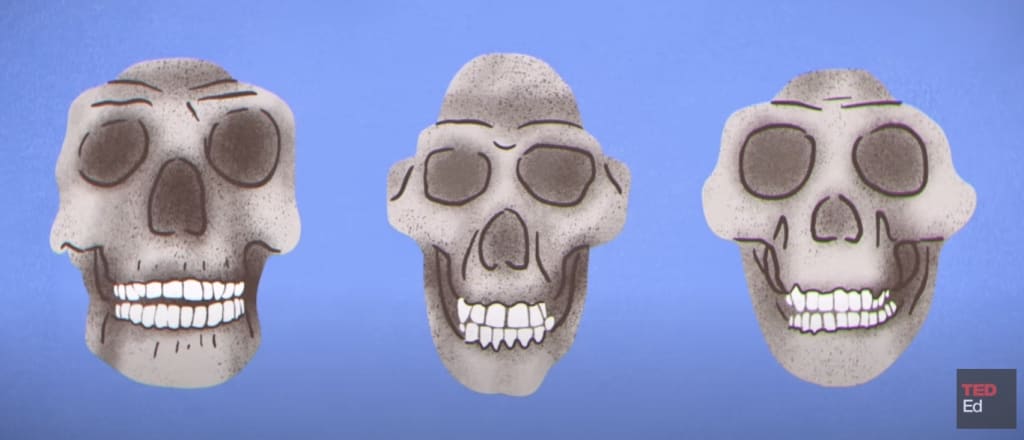Why do we have crooked teeth when our ancestors didn’t?
Genetics or lifestyle change?

The fossil record indicates that ancient humans had straight teeth and wisdom teeth without the need for braces or extractions. Dental issues requiring such treatments appear to be a more recent development. Scientists have a hypothesis about what happened a couple of million years ago.
The ancestors of modern humans lived a subsistence lifestyle back then. Their teeth and jaws had to work hard to digest their food. The teeth of these individuals exhibited significant wear and flattening, as well as a larger overall size in both teeth and jaws.
Early humans developed the use of tools and fire to prepare and cook food, leading to easier digestion. Later approximately 12,000 years ago, humans began farming and domesticating plants and animals.
Throughout history, there has been an increasing trend in food processing and refinement. Advancements in milling technologies have allowed for the removal of tougher parts of grains, such as the germ and bran, from rice and wheat. With the onset of the Industrial Revolution, technological innovations greatly expedited these processes.
During a brief period, humans started using their teeth less for grinding and chewing. Coincidentally, at this time, dental misalignment seemed to become more prevalent.
Through the analysis of fossils dating back millions of years, scientists have noticed a gradual reduction in the size of teeth and jaws among humans and our ancestors. It is widely believed that dietary changes, such as the consumption of meat and the development of cooking methods, occurred gradually throughout human history and that changes in tooth and jaw size were proportional.
The relationship between humans and their teeth changed due to agricultural and culinary changes. Jawbone sizes decreased while teeth sizes stayed the same, causing limited space and displacement. Wisdom teeth, which emerge last, often have no space and can become impacted, causing discomfort and infections if not removed surgically.
Research has shown that larger jaws may indicate increased chewing needs. There is a belief among many scientists that changes in diet have resulted in smaller jaws, leading to dental issues such as crowding and impacted wisdom teeth. Some initial experimental evidence supports this hypothesis.
A study conducted in 1983 found that squirrel monkeys raised on artificially soft food had more dental issues compared to those fed naturally tough food. Another study in 2004 showed that hyraxes raised on cooked foods experienced less growth in facial areas involved in chewing compared to those given raw and dried foods.
Tooth crowding seems to be more of an environmental or lifestyle issue than a genetic one, although genetics may play a role in some cases. Up to 60% of people experience some level of tooth crowding. This varies across different populations, with some people never growing wisdom teeth and others having straight teeth and still getting wisdom teeth. This may be related to diets that are less processed.
Exploring lifestyle modifications and orthodontic procedures could be a viable approach to forestall tooth overcrowding.
About the Creator
Mila G. Rose
Born in Hawaii, raised in California, leaving footprints all around the world. But when I'm home, I often ask myself, "What was I looking for?"






Comments
Mila G. Rose is not accepting comments at the moment
Want to show your support? Become a pledged subscriber or send them a one-off tip.